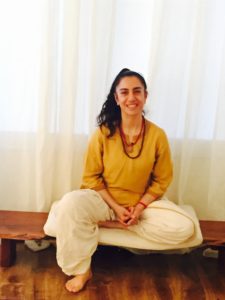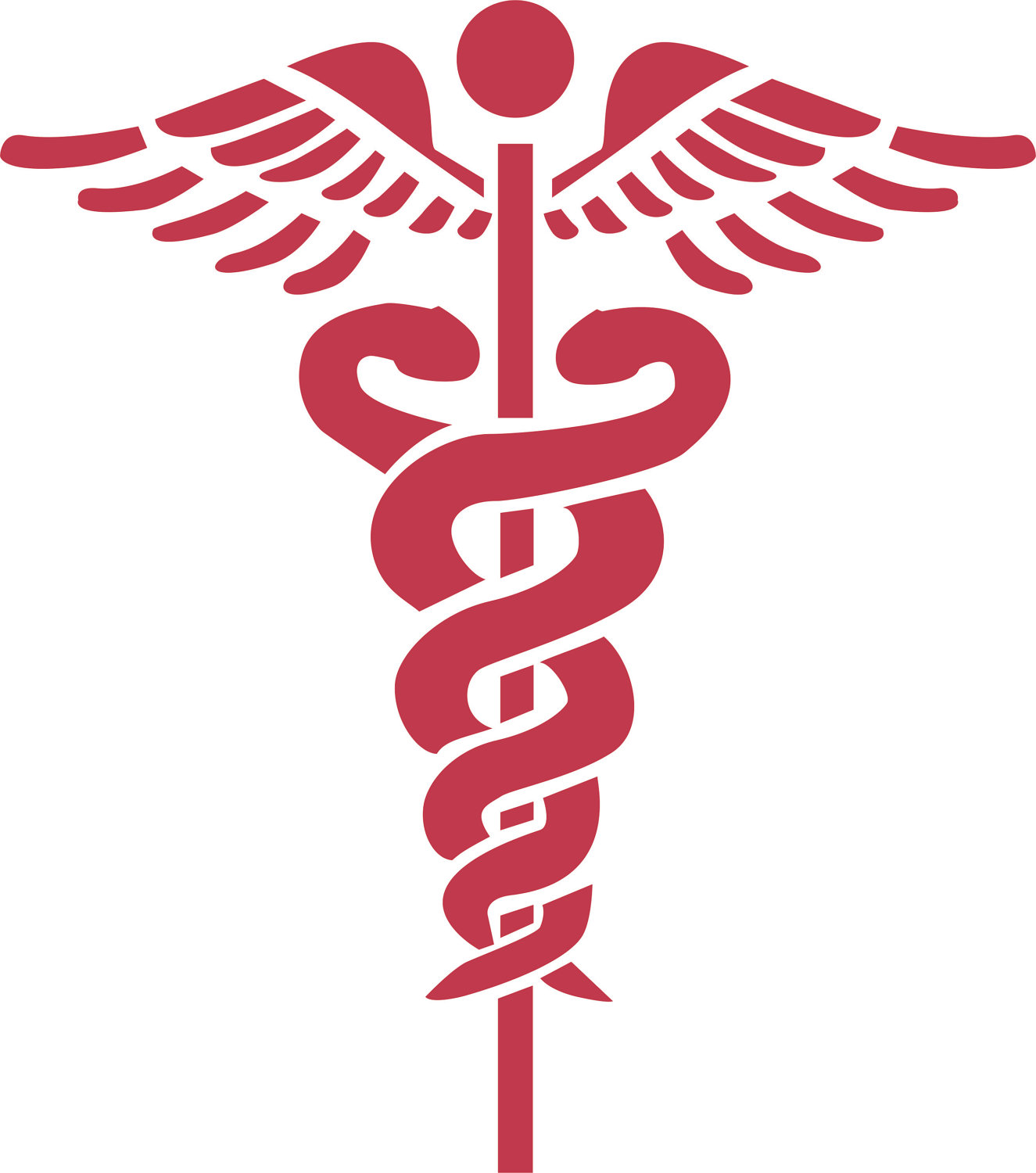 Derived from Sanskrit, Ha means Sun Tha means moon. This practice is rooted in the yogic tradition of ancient India and is based on the principle of opposing energies. There are many schools and varieties of hatha yoga, and all of them include asanas or poses as well as breathing techniques and meditation. Some asanas act as gentle stretching exercises and increase flexibility, others develop strength and balance. However, the practice of hatha yoga goes beyond physical exercises, because it helps achieve a balance between the body and mind cultivating higher forms of awareness through asanas or postures, breathing and meditation and relaxation techniques.
Derived from Sanskrit, Ha means Sun Tha means moon. This practice is rooted in the yogic tradition of ancient India and is based on the principle of opposing energies. There are many schools and varieties of hatha yoga, and all of them include asanas or poses as well as breathing techniques and meditation. Some asanas act as gentle stretching exercises and increase flexibility, others develop strength and balance. However, the practice of hatha yoga goes beyond physical exercises, because it helps achieve a balance between the body and mind cultivating higher forms of awareness through asanas or postures, breathing and meditation and relaxation techniques.
This practice has both preventive and therapeutic advantages. What is the use of hatha yoga for health?
Heart Health:
This is the next benefit of hatha yoga for your health. Regular practice helps prevent heart disease, reduce blood pressure and cholesterol levels in the body, and increase immunity.
Musculoskeletal health
Other benefits of asanas, such as increased flexibility and increased bone strength, back pain and arthritis can now be noted. When the body is at ease long stay in the asanas which is sometime a part of the practice can be achieved resulting in the ability to sit for lone in meditation which is a big component of Hatha yoga.
Alleviation and prevention of chronic diseases
Regular practice of hatha yoga can prevent or eliminate symptoms of such diseases as clinical depression, anxiety, asthma high blood pressure, insomnia, fatigue, lethargy, brain fog and psychosomatic as well as stress related conditions. But for this one must take it in as a discipline and incorporate it routinely in daily activities. Otherwise you may have temporary relief of symptoms but not a long term alleviation or prevention.
Proper breathing and its benefits:
All you have that sustains your life is your breath. If your breath stops life ends. Pranayama (breathing) is a component of hatha yoga, which has its multitudes of benefits. By practicing these exercises, you can more and more control your respiratory system, enhance the quality of the breath and oxygenation which impacts the brain and function of the nervous system. If you pay attention the quality of your breath changes with your emotions and mental state. If you get to have your breath controlled and coordinated the state of your mind and emotions will alter at will. There is more science to this and research studies have proven this without any dispute.
Stress Relief and Relaxation through Breath
Hatha Yoga improves your physical and emotional well-being. Hatha Yoga helps to relax and relieve stress through deep and controlled breathing, as well as the concentration and balance required for yoga postures. Focusing on deep breathing contributes to relaxation and peace of mind. At this point, the level of hormones that the body produces in response to stress decreases and the amount of oxytocin increases, giving you peace of mind and relaxation and thus increase your ability to cope with stressful situations and quieting the reactive mind.
Isha Hatha Yoga Linage
of Isha Hatha Yoga programs are an unparalleled opportunity to learn practices derived from a yogic tradition that has been maintained in its full sanctity and vibrancy for thousands of years. The classes will be conducted by Dr. Atousa Mahdavi, a highly trained master teacher, trained in India in this lineage, who will offer Classical Hatha Yoga in its full depth and dimension.
Yogasanas are offered as a set of powerful postures to transform the body and the mind into a possibility for ultimate wellbeing. They are not taught merely for physical fitness and strength. They are a way of aligning the inner system to the celestial geometry, becoming in sync with the existence, thereby naturally achieving a state of health, joy, and bliss.
Let’s look at what may be considered the very basic unit of Hatha Yoga: the asana. People today think of asanas as impressive body-twisting postures that are essentially about fitness, flexibility or building muscle. Whereas “yoga,” by its very definition, means “that which takes you on to a higher dimension or higher perception of life.” Hatha yoga demands a certain involvement of body, mind, energy and the inner-most core. Unfortunately, something this profound is often reduced to a physical exercise.
“Asana” quite simply means “a posture.” Any way that we may sit, stand or position our hands is an asana. And so, innumerable asanas are possible. However, a particular posture that leads you to a higher possibility is called a yogasana. There are eighty-four basic yogasanas through which one can elevate one’s consciousness.
It’s All About Ease
In the Yoga Sutras, Patanjali says: Sukham sthiram asanam. That which is absolutely comfortable and stable is your asana. What does it mean? Dr. Mahdavi’s teacher in India Sadhguru explains: “It simply means that your body is at ease, your mind is at ease, and your energy is at full vibrance and balance. Now you are naturally meditative.” The asana is a preparatory step to come to a state of naturally being meditative. So, in a way, asanas are a dynamic way of meditating.
It is very important to understand that asanas are not exercises. Yogis have always understood that the physical body has a whole memory structure. Everything – from how this cosmos evolved from nothingness up to this point – is just written into this body. So, when we do asanas, we are opening up that memory and trying to restructure this life towards an ultimate possibility. It is a very subtle and scientific process – and it can become an explosive experience.

